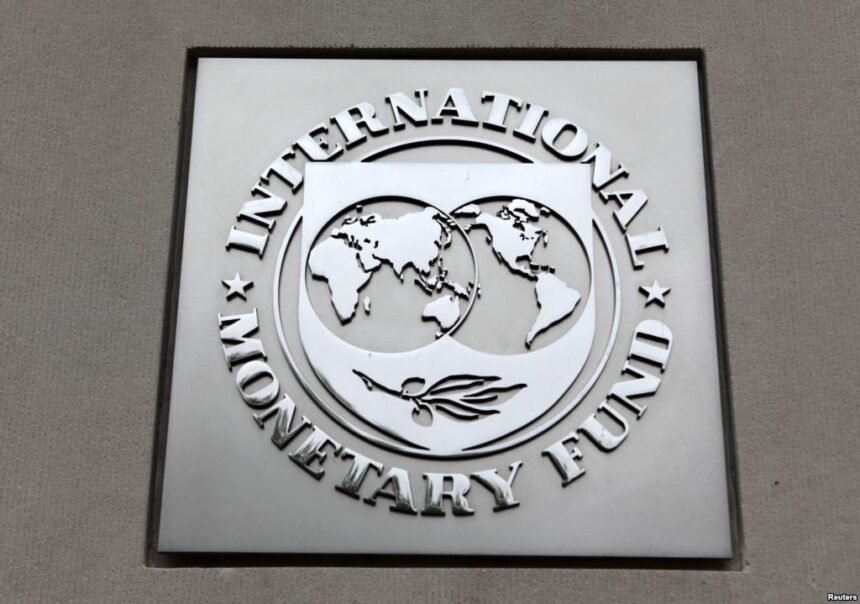By Constant Munda
East African Community banking regulators should establish cross-border crisis management and resolution mechanisms under the ongoing joint supervision engagements to halt possibilities of contagion, according to the International Monetary Fund.
In a policy paper titled ‘Pan-African Banks: Challenges and Opportunities for Cross-border Oversight’, published on Wednesday, the IMF says the EAC should prioritise crisis preparedness and resolution planning of cross-border banks as it eyes a monetary union by 2023.
Failure to establish such a framework, it warns says, poses stability challenges at national and regional levels because relevant bank resolution powers are “not always clear”.
As a result, there is the possibility of the various regulators having conflicting objectives and varying interests.
Resolution happens when a bank fails, or is likely to fail, necessitating a restructuring to restore its viability within the shortest time to ensure it continues its critical functions.
Dealing with such a crisis through regular company insolvency law “typically fails to deliver prompt and effective resolution in systemic cases”, the IMF warns.
“The inability to act promptly can have an adverse impact on public confidence, as depositors lacking ready access to their funds can trigger contagion and runs on other banks,” the global lender argues.
In 2008, EAC central banks signed an agreement to facilitate regional financial integration through collaborative supervision that includes joint on-site examinations of banks and training.
The monetary union protocol was later signed on November 30, 2013 with a timeframe for a single currency within 10 years.
“However, the MoU does not address crisis management issues,” the IMF observes.
Kenyan banks have in the recent years led the way in foraying into other EAC member countries and South Sudan.
KCB, Equity, Co-operative, Diamond Trust Bank Kenya, Commercial Bank of Africa, NIC and I&M are among major lenders with subsidiaries or branches across the EAC bloc.
The region is also exposed to rapidly expanding pan-African banks, including the largest by asset, the Standard Bank of South Africa, which operates as CfC Stanbic in Kenya, and Togo-headquartered Ecobank.
Bank of Africa and the United Bank for Africa, both with roots in Mali, also have footprints in East Africa.
IMF said central banks in Africa are faced with supervisory challenges, including licensing and ownership structuring, differences in accounting standards, consolidated supervision and cross-border coordination and information sharing.
Implementing good governance standards as set out in the Basel Core Principles of 2012 and the 2013 Code of the International Organisation of Securities Commissions is key in ensuring financial soundness and stability, the Fund notes.
The IMF report welcomes governance changes like those undertaken by Ecobank in May 2014 that led to sacking of chief executive Thierry Tanoh, who on Tuesday was awarded a hefty $11.6 million in damages for “wrongful dismissal” by a commercial court in Togo.
“Recent experiences that have played out in the public domain regarding the governance of the ETI group are instructive in this regard,” it states.
Ecobank has disputed the ruling that would bring total payment to Tanoh to $26.6 million, and is now contemplating moving its headquarters out of Togo to protest the award.
The IMF has lauded supervisory colleges, with the Central Bank of Kenya being on the forefront in facilitating pan-African banks operating in the country.
“Going forward, the structure of the supervisory colleges for the largest PABs might need to be reconsidered once the organisation of colleges enters a more mature stage,” the report say.
Source: The Star


Leave a Reply